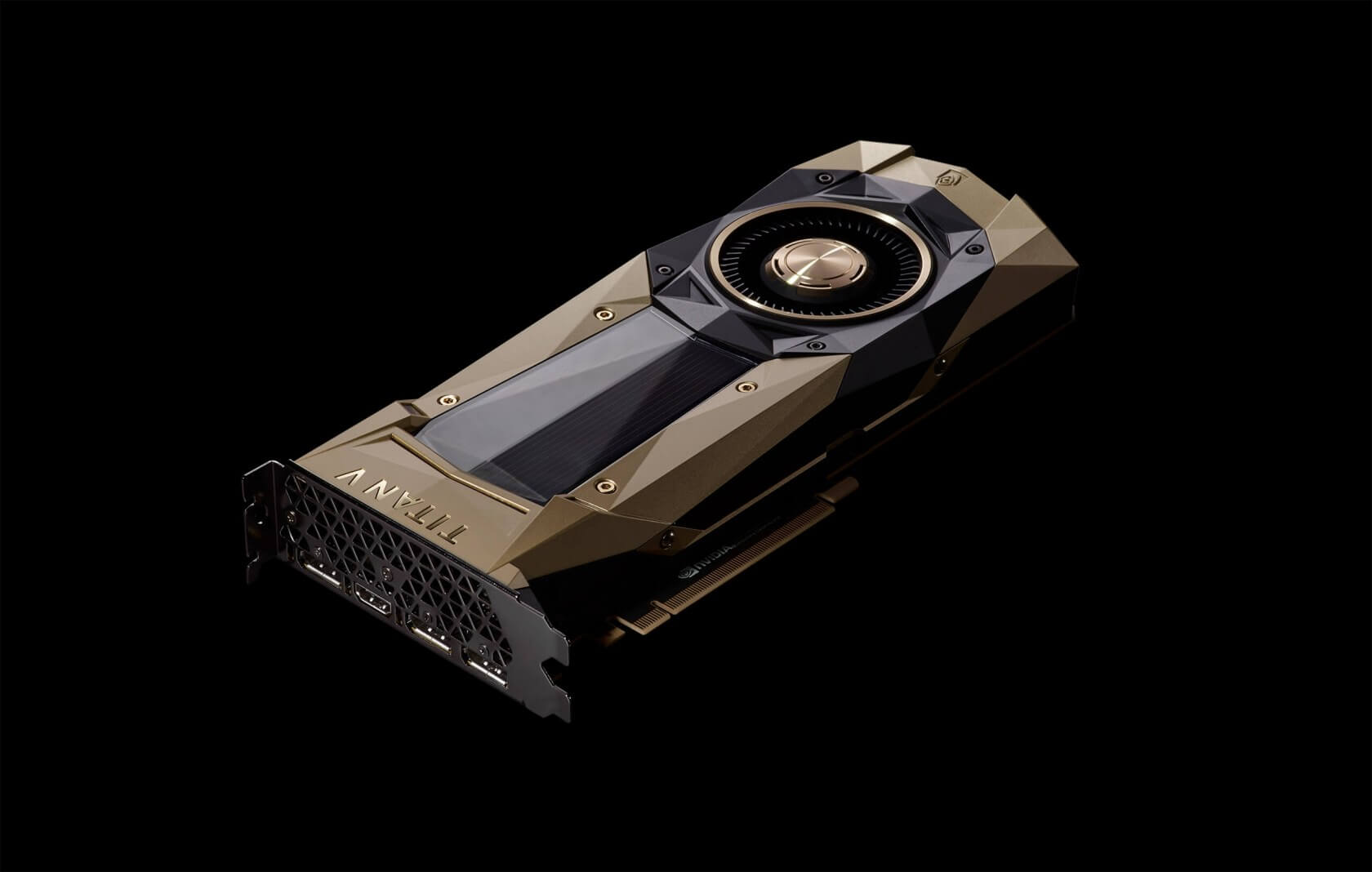Yes, and so does Microsoft's
directML.... which is an Industry Standard. DirectML is what the Series X will be using... thus most Game Developer's. (
clicky) (
clicky)
DLSS is nVidia's attempt to get Game Developer's to use nVidia's "special hardware" that is left over from nVidia using their Enterprise architecture (Turing, Pascal, Ampere) as a gaming architecture.
But with AMD's
RDNA, these Game Developers no longer have to cater to nVidia, that is why Jensen's RTX & DLSS promise has never taken off. Devs were already looking ahead, to directML. As proof, some 20 months after RTX release, we only have 6 RTX games and 4 DLSS games. The Industry has spoken...
It's because nVidia's Gaming cards are going to have to support directML anyways (ie:
DX12 ULTIMATE), so there is not much of a market for DLSS only games or spending EXTRA MONEY/TIME on nVidia's DLSS... when it is inferior to directML anyways.

